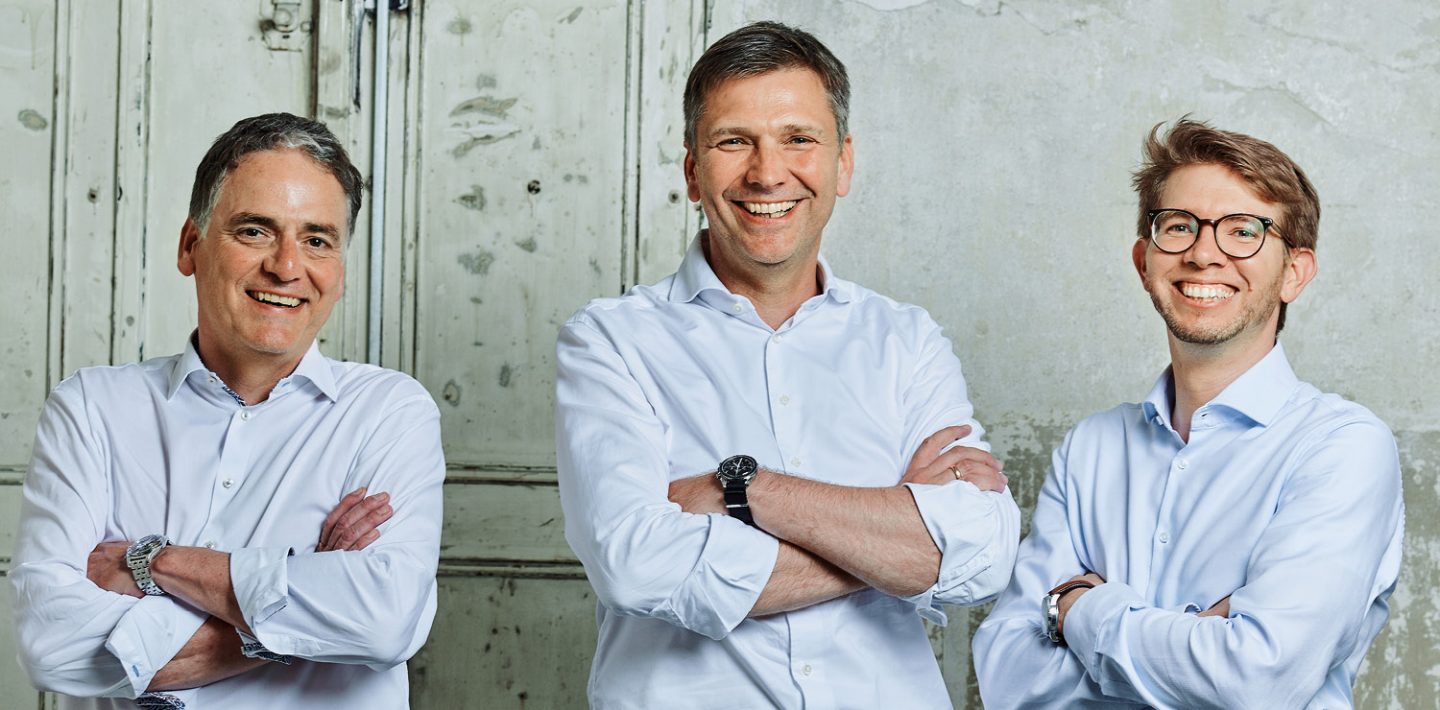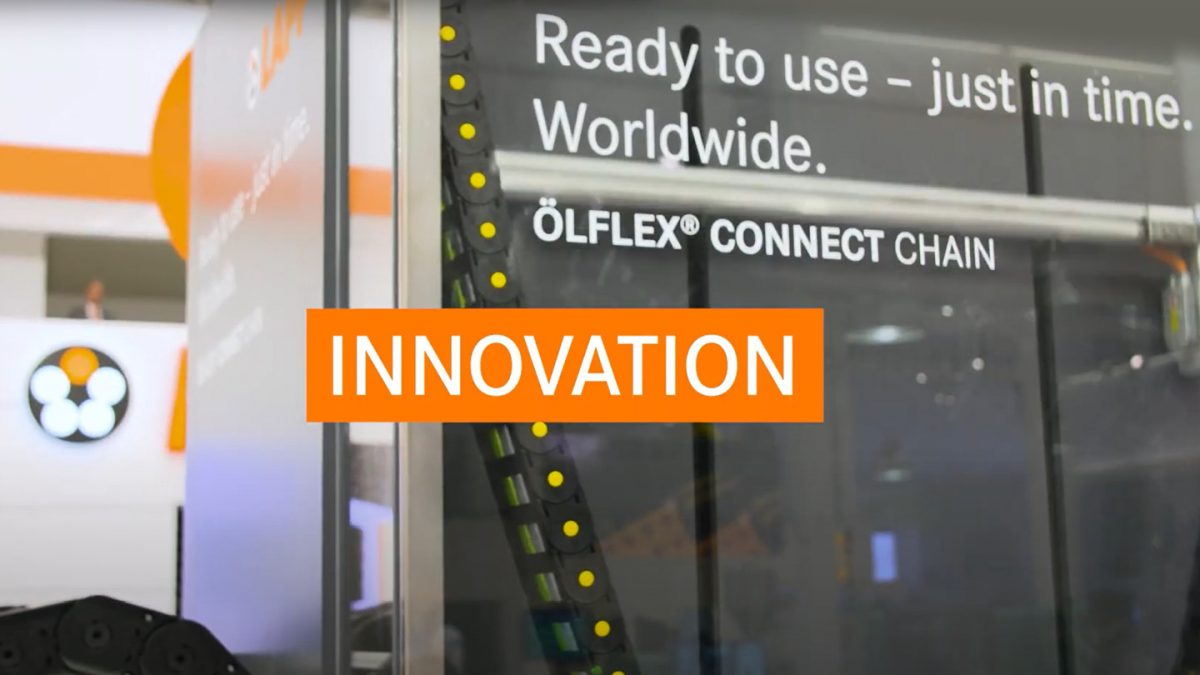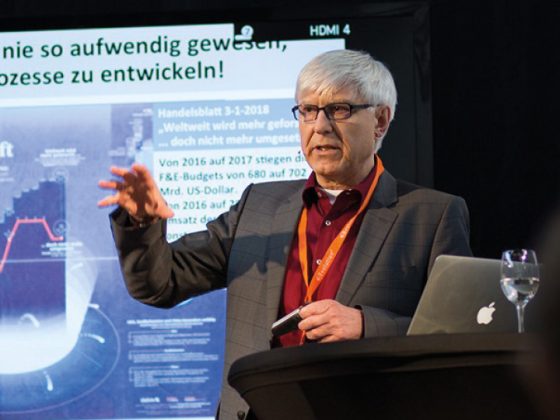
“Ambidexterity sets out where you need to be agile and operate and actively promote research, and where you are better to stick within the framework of your established processes,” Patrick Olivan explains. Ambidexterity, an organisational theory first propounded by Tushman and O’Reilly in 1996, is gaining in importance. “Conventional organisational theories are 80 to 100 years old and have hardly changed at all over time”, says Olivan. “Because of the way companies and markets have changed, they only have limited relevance for the overall organisation nowadays.” The same is true of agile working, a major trend in recent years. “It has often been seen as a cure-all but is not always effective, for example in production and quality assurance.” Instead, according to the ambidexterity principle, companies and organisations need to consider every process to decide whether or not it makes most sense to focus on an agile or efficiency-driven approach. At the same time, employees should also be involved in innovation processes as part of their day-to-day work, to develop and enhance internal expertise and stimulate constant advancement.

Video: Curious how innovation at LAPP works?
Interdisciplinary innovation projects
At LAPP, Patrick Olivan thinks that the concept is a reality in many areas, for example in the form of innovation projects involving selected employees from various departments such as marketing, sales, logistics, development and production. For one day a week they set aside their day-to-day business to address customer problems and, with guidance from innovation experts, to come up with creative solutions. “This demands a lot of the people involved”, says Olivan. “They have to be able to switch from one thing to another right away, experimenting and dealing with uncertainty.” But the process has definite advantages for the employees and the company alike. “We are enabling our employees to think and act innovatively. The projects also result in contacts and links between the representatives of the different departments and these are helpful in our day-to-day business.”
A question of culture
“At LAPP, the conditions are really conducive to this kind of method because the associated corporate culture is genuinely supported by senior management”, Patrick Olivan reports. “A really important element is that experts are highly valued – they are able to get involved across hierarchy levels and senior management listens to them.” This creates an atmosphere in which a “why notter” can thrive. This is the term that Patrick Olivan and his line manager Georg Stawowy use for people who are willing to move past a focus on problems and doubts and think about solutions that are a departure from the tried and tested status quo. “That’s exactly what you need to make innovation work – a willingness to take an idea through several development steps without being certain whether it’s the ‘right’ solution until you have a prototype that works. It’s better to optimise or mitigate something that you already have than to endlessly discuss something that hasn’t even started.” Equally important is to constantly listen to the customer – not to simply push technologies because you can, but to solve problems that the market is actually concerned about. Patrick Olivan sums up: “That is exactly what we do in our innovation sessions – it is what sets us apart from others, because it always comes from inside LAPP and contributes to ensuring that LAPP is constantly renewing and developing itself.”



